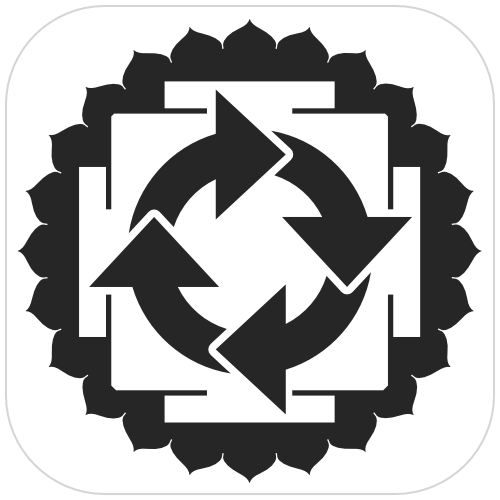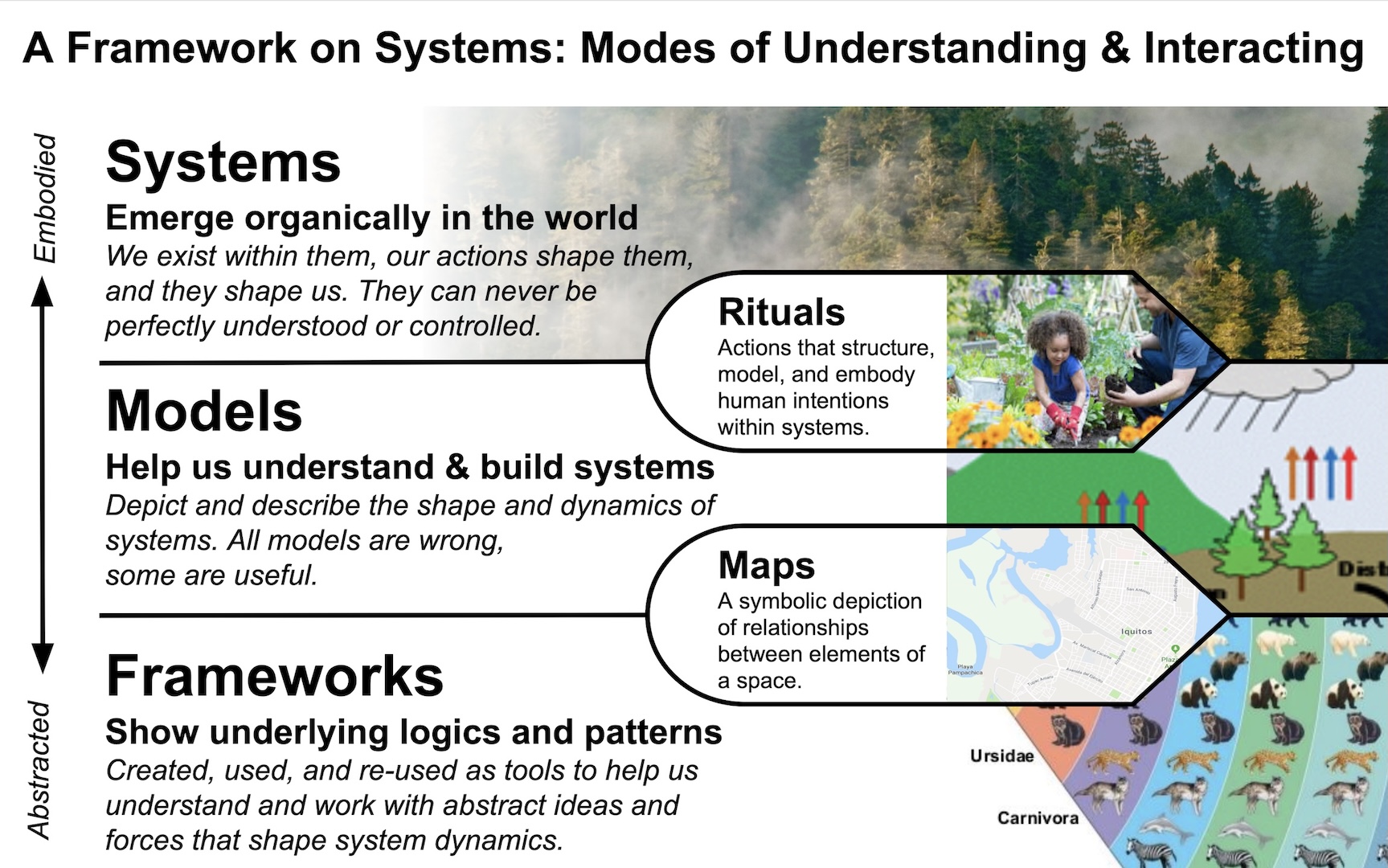We talked about how rituals are a systems design tool at the 9th Relating Systems thinking and Design Conference. You can watch our talk or read the paper we wrote.
Summary
Ritual is a lost technology of being. We propose that co-designed rituals are a way for people to consciously identify and navigate their relationships to the systems they are embedded in, and to construct or reshape selves to seek well-being.
Using experiences from a toolkit we have created to support the design of secular rituals, we show that making rituals designable creates agency for people trying to cope with intractable situations. We further show how the process of co-designing and preparing for rituals is itself a large part of dealing with challenging situations, and pose questions on how this approach may be replicated in more formal systems change and organizational contexts.
What did we learn?
Studies of ritual in the academic literature almost always analyse rituals after they have been found to exist, and rarely do they discuss what designers and facilitators experience when creating the rituals. Our action research produced insights into this aspect of rituals, and these insights further support the proposition that rituals can be used as a systems design tool.
Three core insights are pertinent to this paper: that co-designing rituals generates meaning, the act of designing rituals reveals the system, and the ritual design process shapes the designer and their understanding of their self, their world, and their relationships.

